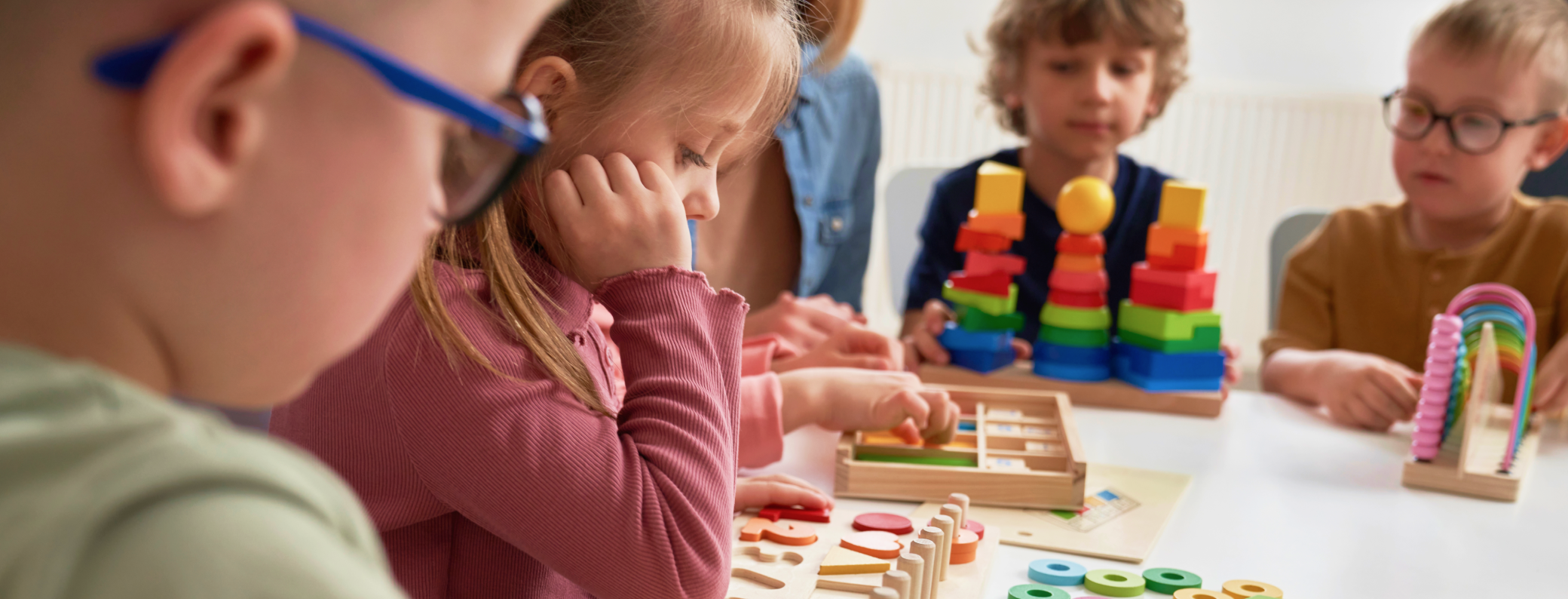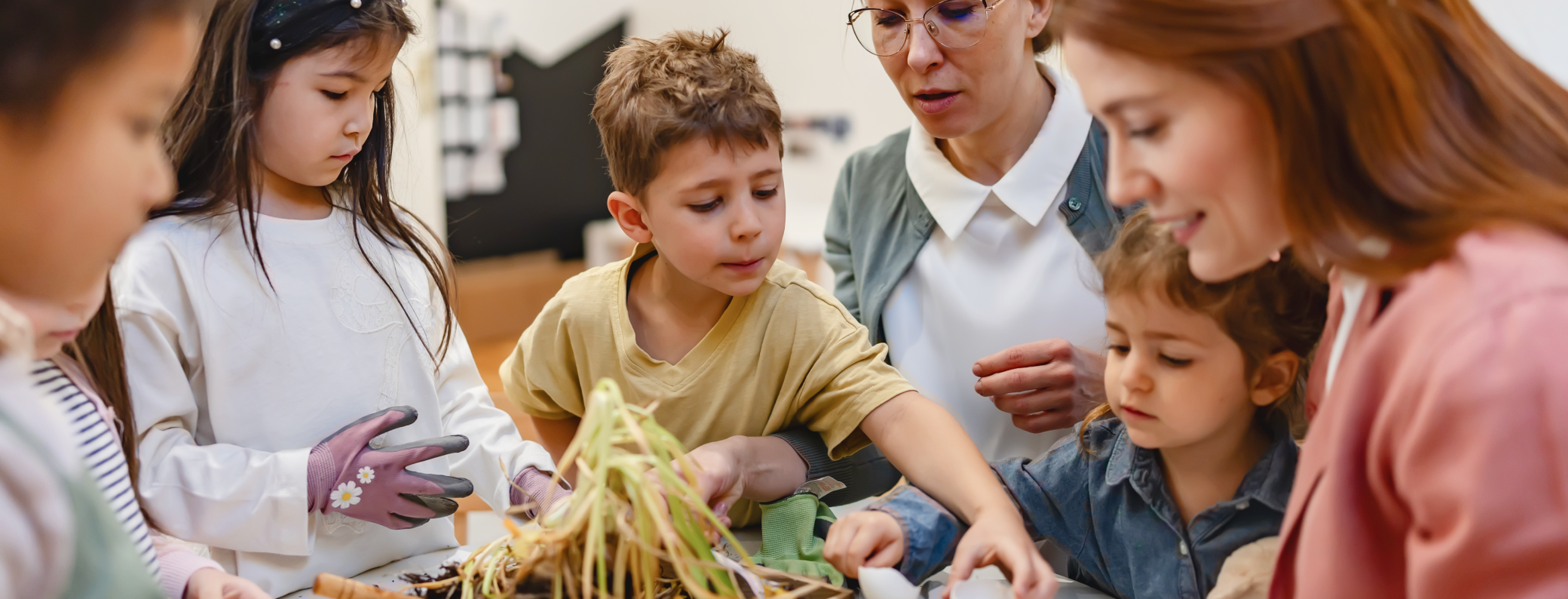In a world that’s growing more connected every day, fostering global awareness in young learners has never been more important. Teaching children about different cultures not only broadens their perspectives but also nurtures empathy, curiosity, and respect for diversity. From stories and music to food and traditions, introducing kids to world cultures opens their minds and hearts to the beauty of global diversity.
The Benefits of Global Awareness in Young Children
Understanding the world helps children develop into well-rounded, compassionate individuals. Global awareness promotes:
- Empathy and Understanding: Kids learn to see the world through others' eyes, fostering kindness.
- Critical Thinking: Exposure to various cultural practices encourages questions and deeper thinking.
- Resilience and Adaptability: Awareness of different lifestyles and beliefs builds flexibility and open-mindedness.
Understanding Cultural Awareness vs. Cultural Sensitivity
While cultural awareness is the knowledge of different cultures, cultural sensitivity means respecting those differences. Both are crucial in early education. Cultural awareness helps kids understand diversity, while cultural sensitivity teaches them to respond with empathy and respect.
How to Introduce World Cultures in Early Childhood Education
Introducing world cultures doesn’t require complicated programs or vast resources. Here are some simple ways to bring diverse cultures into daily learning activities:
- Stories and Myths
- Art and Craft Projects
- Music and Dance Sessions
- Language Exploration
Weaving these activities into your curriculum helps you create natural opportunities for young children to explore the world beyond their immediate surroundings.
Building a Foundation Through Stories and Myths
Stories are powerful tools for introducing children to different cultures. Folk tales, myths, and legends from around the world provide insights into various traditions and values. Start with age-appropriate stories that emphasize universal themes like kindness, bravery, or teamwork. Reading stories from diverse cultures encourages children to appreciate different perspectives.
Using Music and Dance to Teach Cultural Diversity
Music and dance provide a lively and engaging way for children to experience different cultures. Whether it’s tapping their feet to a samba beat or listening to traditional African drumming, kids can connect to other cultures physically and emotionally through sound and movement. Incorporating instruments and dance styles from various cultures in your center introduces children to the rhythm of diversity.
Introducing Languages: More Than Just Words
While young children may not learn full languages, exposure to different languages broadens their world. Introduce simple greetings in languages like Spanish, Mandarin, French, and Swahili. Labeling objects around the classroom in different languages or creating a “hello” board with greetings from around the world fosters inclusivity and curiosity about other languages.
Exploring Cultural Foods and Traditions
Tasting foods from around the world is not only a sensory adventure but also a window into cultural practices. Arrange a “world foods day” where children can try simple dishes from other countries. By learning about food customs, such as using chopsticks in Asia or eating with hands in parts of Africa, kids gain insight into everyday life across the globe.
Learning Through Art and Craft Activities
Arts and crafts are wonderful tools for teaching about cultural symbols, clothing, and festivals. Projects like making Chinese paper lanterns, creating Native American dream catchers, or painting mandalas from India introduce kids to traditional art forms. These activities develop fine motor skills and help kids learn that art is a universal language.
Virtual Travel Experiences: Bringing the World to Your Classroom
With technology, you can take kids on virtual “field trips” to different countries. Use apps and videos to show children landmarks, wildlife, and daily life in various parts of the world. Virtual tours of places like the Amazon rainforest or the pyramids of Egypt offer immersive experiences that broaden children’s perspectives.
Encouraging Open Discussions About Differences and Similarities
Discussing cultural differences and similarities helps young children understand that while people may look or live differently, there are also many things we share in common. Open-ended questions encourage children to think critically about what they’re learning. For example, asking, “How do you think kids in another country spend their day?” allows them to explore cultural contrasts thoughtfully.
Respectful Celebrations of Cultural Holidays
Celebrating holidays from around the world is an enjoyable and respectful way to introduce children to global cultures. Instead of treating these holidays as one-time events, dive deeper into their meanings and customs. For instance, during Chinese New Year, explain the significance of the dragon dance and red envelopes, and invite families to share their own traditions.
Creating a Multicultural Environment in Childcare Centers
Displaying cultural artifacts, maps, and photos from different countries can make your classroom a vibrant, multicultural space. Having a “world wall” with photos of children’s families and origins, flags from different countries, or simple globes helps kids feel connected to the broader world.
Empowering Educators to Be Cultural Guides
Teachers play a critical role in fostering cultural awareness. Encourage educators to continuously expand their own knowledge of world cultures and to share this knowledge with children through storytelling, role-playing, and inclusive activities. Training teachers to lead cultural discussions ensures that they can guide children in a respectful and informed way.
The Lasting Impact of Global Awareness on Young Learners
By fostering global awareness, early educators are shaping a generation that values diversity and practices empathy. Children who learn about other cultures early on tend to grow up with a broader worldview and a deeper understanding of the world's interconnectivity. This awareness impacts not only their social lives but also their future interactions in an increasingly globalized society.
Key Takeaways
Teaching young learners about world cultures is a powerful way to foster global awareness. Through stories, music, art, food, and open discussions, educators can cultivate empathy, respect, and curiosity in young children. By creating a multicultural environment and celebrating global traditions, children gain exposure to the rich diversity that makes up our world.
Cultivating global awareness in young learners is an investment in a more inclusive, understanding world. As we guide them to appreciate and respect cultural differences, we prepare them to be open-minded, empathetic adults. In a connected world, teaching kids to embrace diversity from an early age is a gift—one that will serve them, and society, for years to come.
FAQs
1. Why is it important to teach young children about world cultures?
Teaching young children about world cultures helps them develop empathy, respect, and open-mindedness. Exposure to diverse traditions, languages, and customs broadens their perspective, helping them appreciate different ways of life and recognize shared values. This early foundation in cultural awareness fosters inclusivity and prepares children for a more interconnected world.
2. How can I introduce global cultures to my classroom in simple ways?
Introducing global cultures can be simple and engaging! Use stories and folktales from different countries, play world music, introduce greetings in various languages, and celebrate cultural holidays. Art and craft projects inspired by global traditions, like making Japanese origami or painting African masks, also make cultural exploration accessible and enjoyable for young learners.
3. What are some fun activities to help children learn about different cultures?
Fun activities include cooking simple dishes from around the world, trying traditional dances, exploring virtual tours of famous landmarks, and doing crafts related to cultural symbols. For example, you can make Chinese paper lanterns or Mexican papel picado. These activities make learning about world cultures interactive, hands-on, and memorable.
4. How do I ensure that cultural learning is respectful and accurate?
To promote respectful cultural learning, research each culture carefully, using reliable sources or consulting individuals from those backgrounds. Focus on the meanings behind traditions and avoid cultural stereotypes. Encourage open discussions with children to reinforce the importance of respect and understanding while celebrating diversity.
5. What are the long-term benefits of fostering global awareness in early childhood?
Fostering global awareness from a young age helps children grow into more empathetic, culturally sensitive, and open-minded individuals. This awareness enhances their social interactions, critical thinking, and adaptability, benefiting them in personal and professional settings. A foundation in cultural awareness also prepares them to thrive in our increasingly globalized society.
Billing, Invoicing Automation & Smart Finances
Communication & Engagement
Child Development & Progress
Waitlist, Forms & Attendance
Effortless Team Management
Daily Updates That Matter
Templates & Printables
Blogs
Webinars
Case Studies & Testimonials
FAQs
Help Center



